Manufactured in Australia by Monarch
Carbon Steel & Stainless Steel - Custom designs welcomed
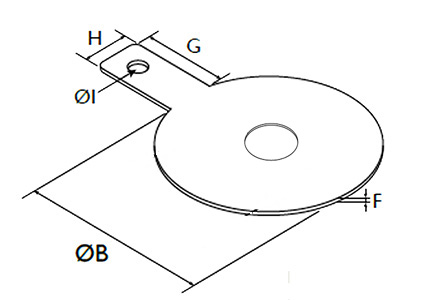
RO Orifice Plates
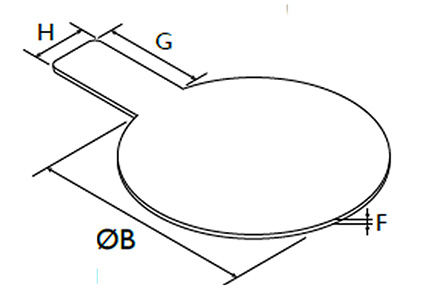
Single Blinds
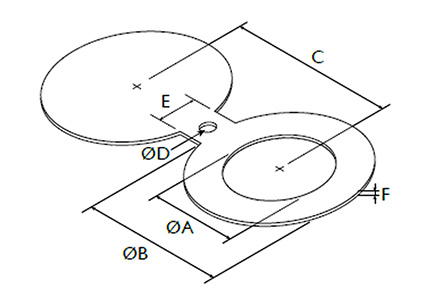
Spectacle Blinds
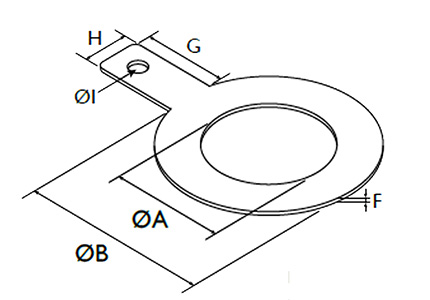
Spacer Rings
What are the differences between an Orifice Plate and a Restriction Orifice Plate?
Orifice Plate:
An orifice plate is primarily used for flow measurement. It consists of a flat plate with a hole (or orifice) drilled in the centre. When fluid flows through the pipe, the pressure difference across the orifice is measured to determine the flow rate.
Orifice plates are commonly used in industries such as oil and gas, chemical processing, and water treatment for flow control and measurement applications.
Orifice plates are designed to create a pressure drop across the orifice, allowing for accurate flow rate measurement based on established.
Restriction Orifice Plate:
A restriction orifice plate, on the other hand, is primarily used for pressure reduction or flow restriction purposes. It also consists of a plate with a hole, but the hole is smaller compared to a standard orifice plate.
Restriction orifice plates are often installed in piping systems to reduce pressure or flow rates in order to protect downstream equipment, control process variables, or maintain safe operating conditions.
Unlike standard orifice plates, restriction orifice plates are designed to create a significant pressure drop across the plate, causing a reduction in flow velocity and pressure downstream.
Restriction orifice plates are commonly used in applications where precise control of pressure or flow rates is required, such as in steam systems, chemical processing, and refineries.
In summary, while both orifice plates and restriction orifice plates involve a plate with a hole for flow control, they differ in their primary functions and applications. Orifice plates are mainly used for flow measurement, while restriction orifice plates are used for pressure reduction or flow restriction purposes.
Monarch Engineering manufactures Orifice Plates in Australia for a wide variety of applications.
Please submit your enquiry or drawing for quotation: sales@monarchindustrial.com.au
Straight Bore
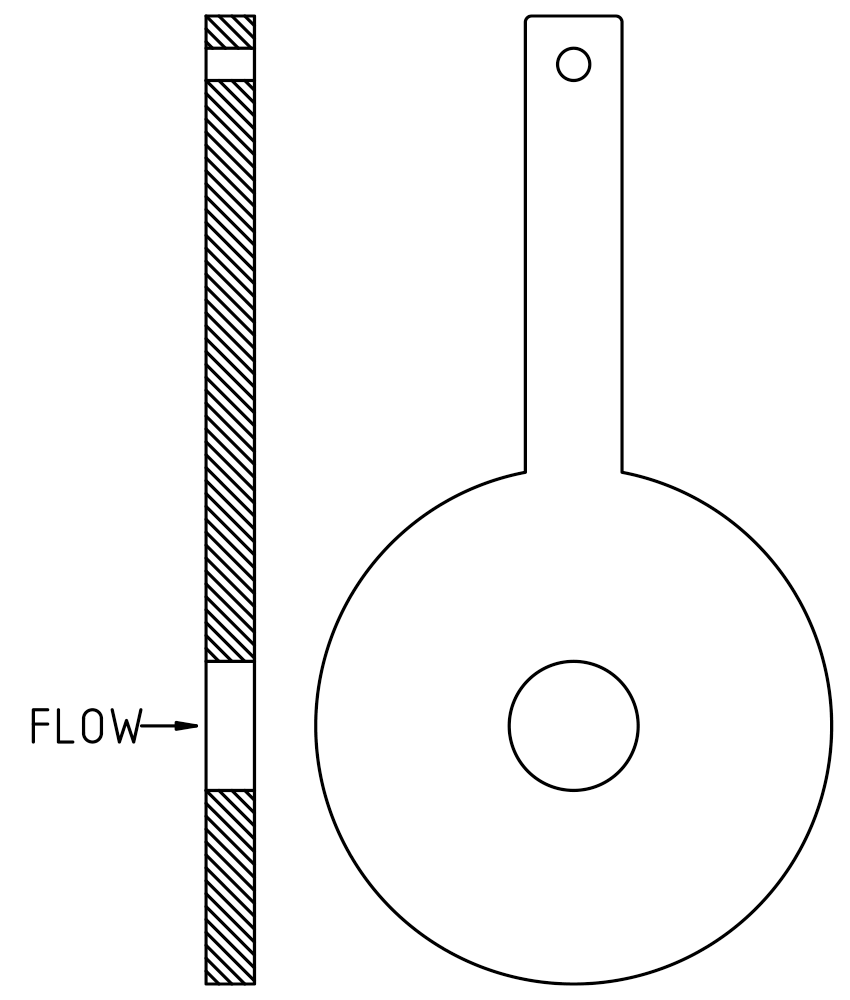
Bore with Bevel
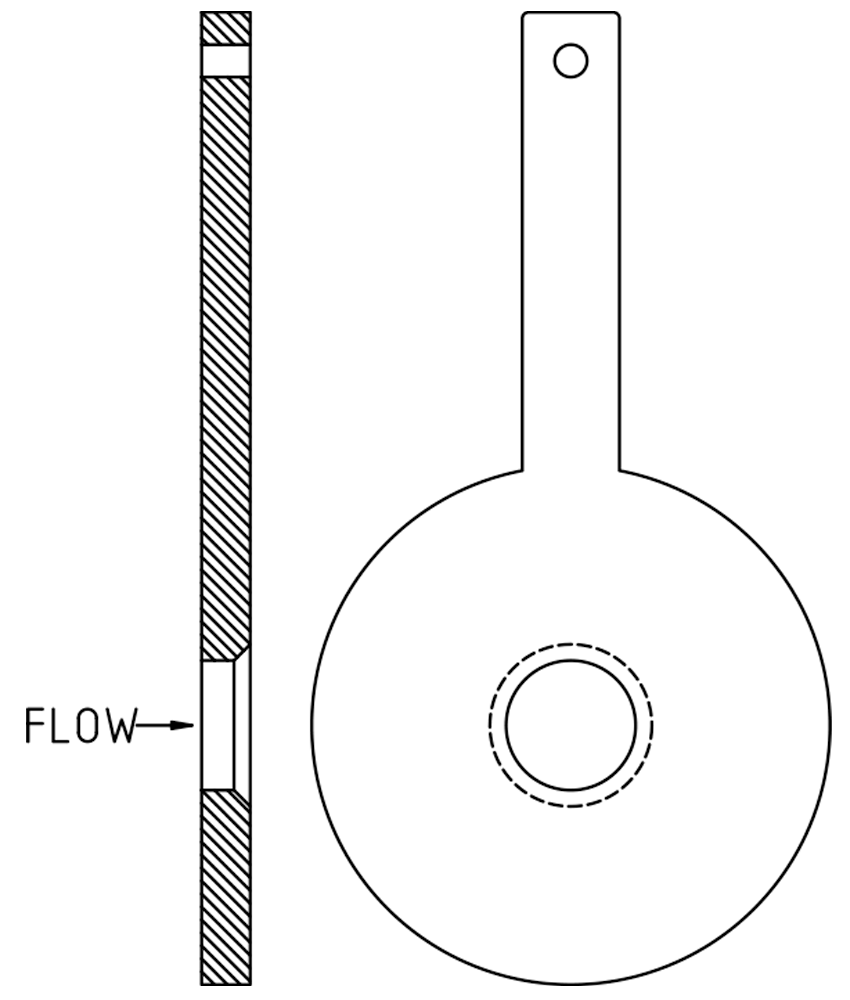
Bore with Counterbore
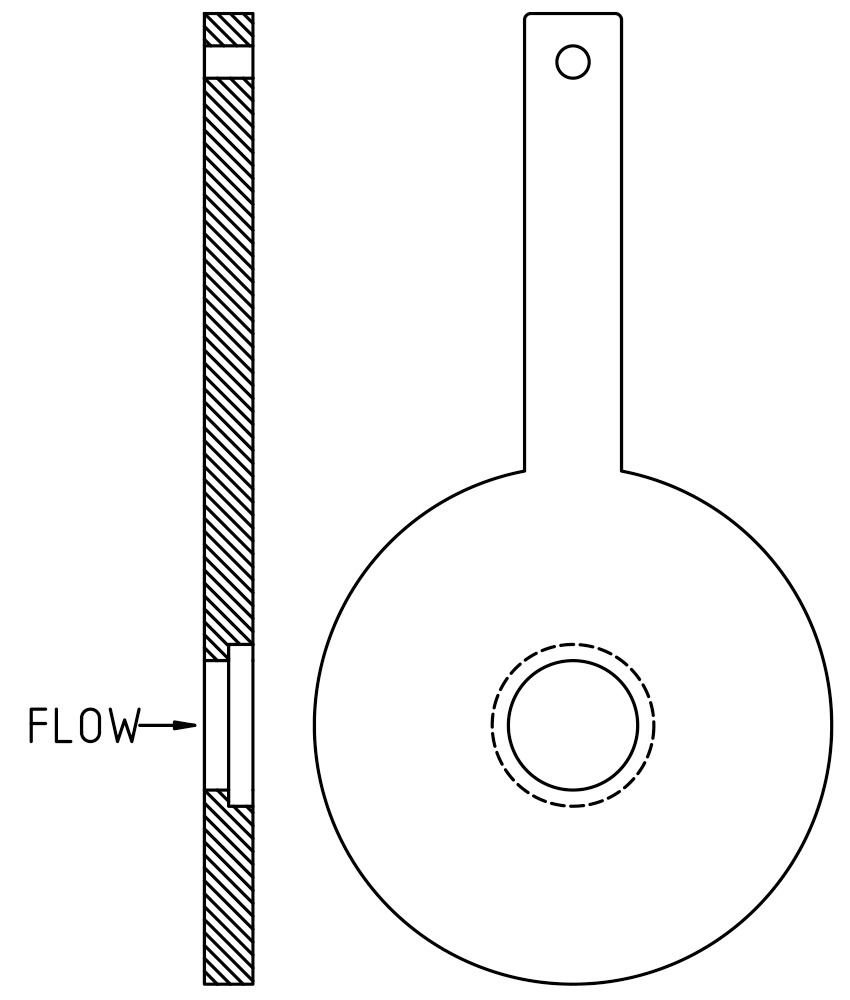
Segmental
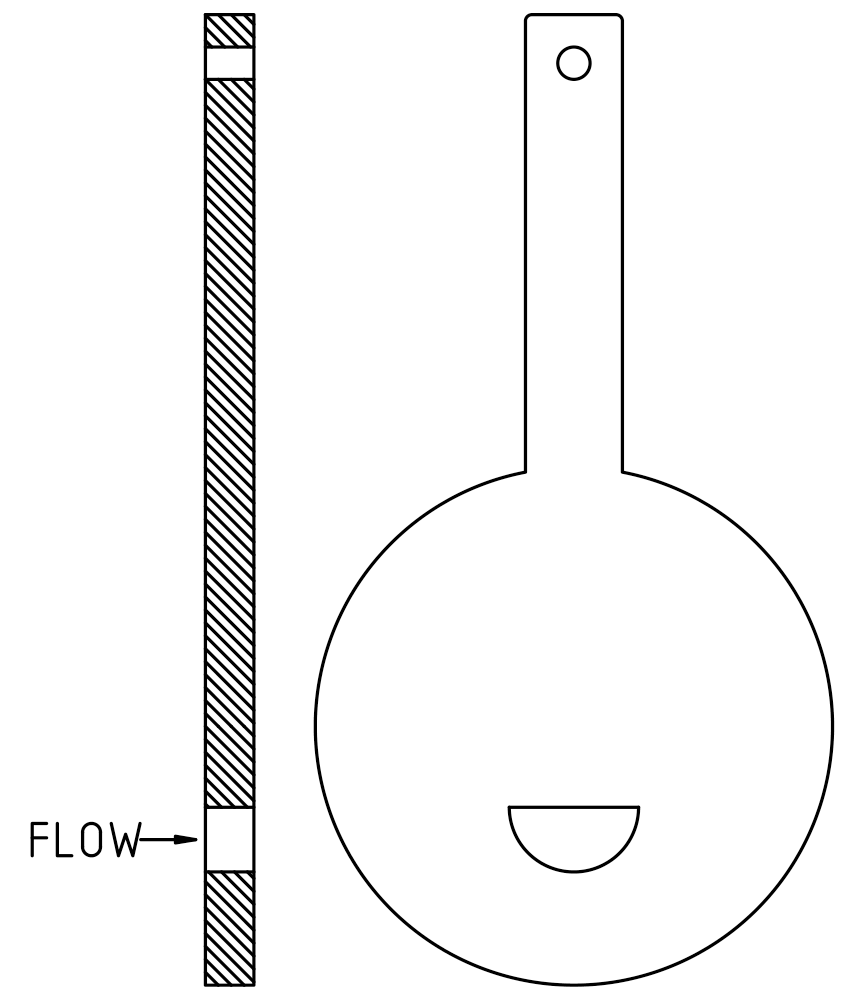
Eccentric
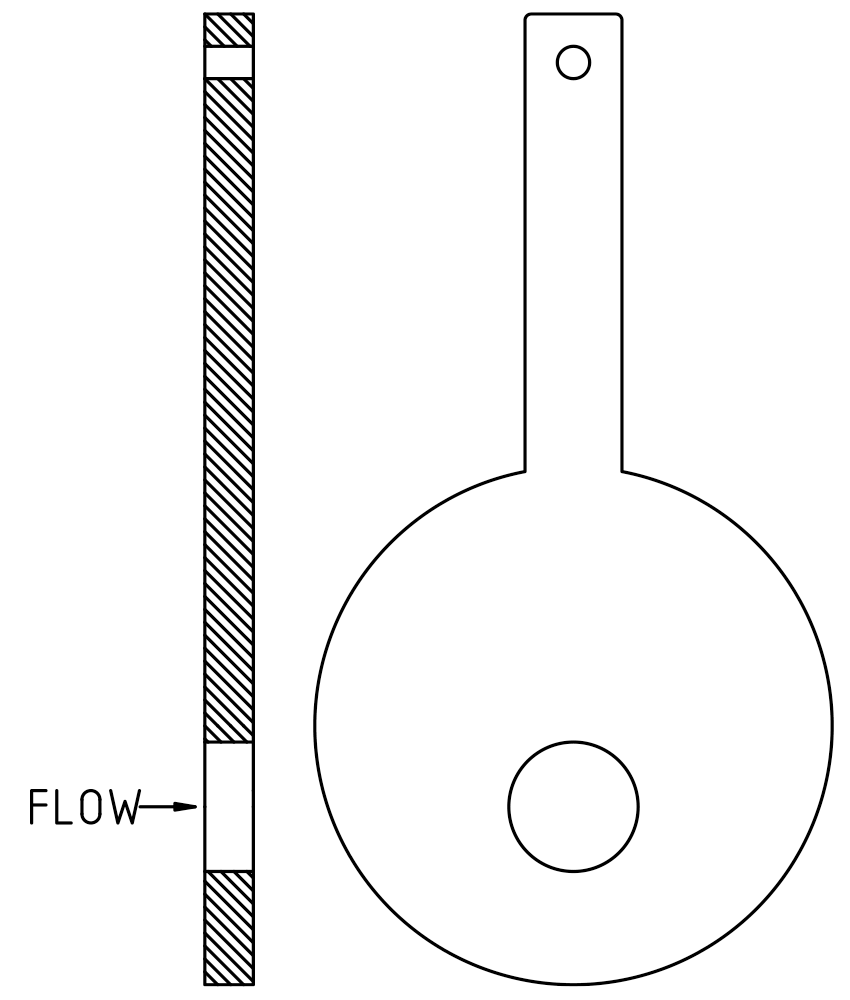
Monarch Asia Pacific Pty Ltd, Copyright © 2025 All Rights Reserved
Release: 25:8:2




